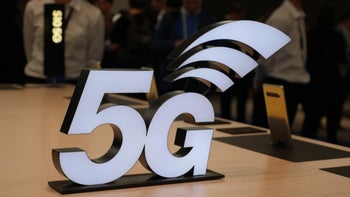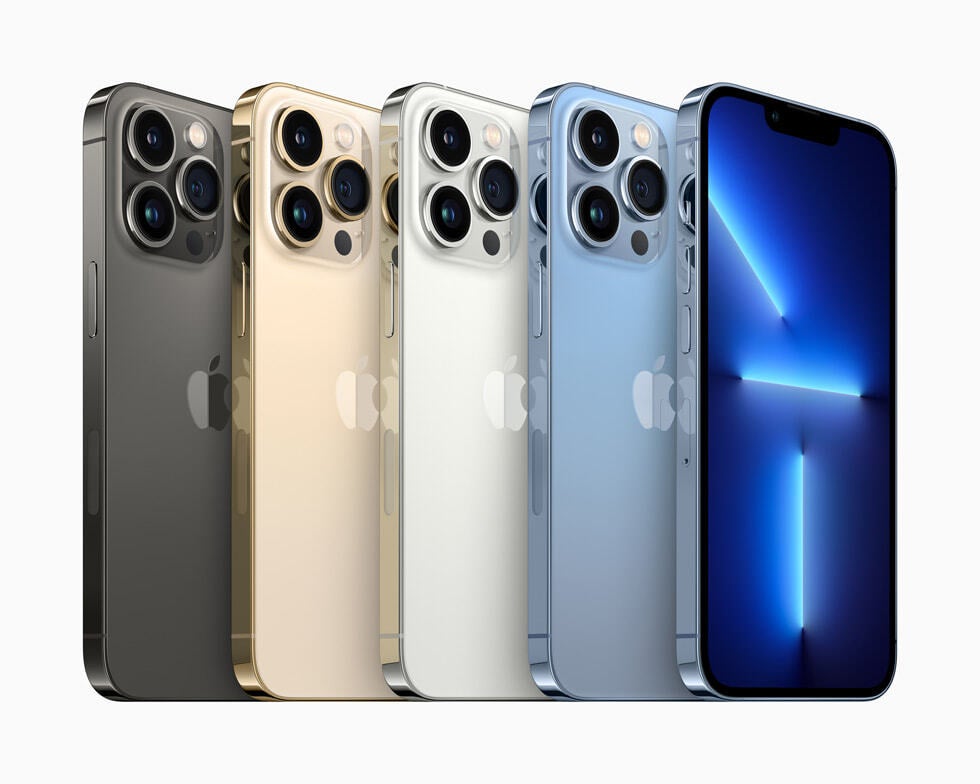AT&T might have angered customers still paying off iPhone 12, iPhone 13, Pixel 6 purchases

What is going on with AT&T? After spending over $9 billion this past January for licenses on the 3.45GHz mid-band spectrum, the wireless provider was excited to expand its 5G capabilities. CNET notes that with the combination of low-band signals traveling longer distances, and the new mid-band airwaves allowing more subscribers to experience faster 5G speeds than the puny number receiving mmWave connectivity, AT&T executives were excitedly discussing which handsets would support its improved and faster 5G service.
AT&T continues to flip flop as it shortens its list of phones that will support its 3.45GHz- mid-band spectrum
In January, right after the auction, Chris Sambar, AT&T's executive vice president of technology operations, told CNET that it would add 3.45GHz support on "the major flagship devices in 2022, the big devices from the big OEMs." Last month, AT&T announced that it would offer 3.45GHz connectivity on older phones including the iPhone 12 series, the iPhone 13 models, the Pixel 6 line, the Galaxy S21 series, and some decidedly non-flagship phones such as certain low-cost devices from Motorola.

The iPhone 13 series is no longer expected to receive support for AT&T's 3.45GHz 5G spectrum
While AT&T originally felt that it would be able to add 3.45GHz mid-band support to more than 30 existing phones, it has since told CNET that it is more likely that instead, 11 newer devices will get this support. AT&T's Jim Greer, assistant vice president of corporate communications, explained the mistake by saying that it was "an inaccurate list... provided by mistake and then incorrectly confirmed during the fact-checking" of the article published by CNET.
The actual list of AT&T phones and hotspots that will work with the mid-band 3.45GHz airwaves include:
- Samsung Galaxy S22.
- Samsung Galaxy S22 Plus.
- Samsung Galaxy S22 Ultra.
- Samsung Galaxy Z Flip 4.
- Samsung Galaxy Z Fold 4.
- Apple iPhone 14.
- Apple iPhone 14 Plus.
- Apple iPhone 14 Pro.
- Apple iPhone 14 Pro Max.
- Netgear Nighthawk M6 hotspot.
- Netgear Nighthawk M6 Pro hotspot.
Even if your 5G AT&T phone is not on the list, it still will be able to connect to AT&T's 5G signals including the C-band. Devices not on the list just won't be able to benefit from the wireless provider's use of the C-band and 3.45GHz mid-band signals together to improve its 5G connectivity. AT&T's Sambar previously told CNET that while not every cell site will have access to both C-band and 3.45GHz airwaves, the majority will.
This is a complex issue for some AT&T customers who are still in an active 36-month installment plan paying off, say, an iPhone 13, and won't get access to AT&T's full 5G service capabilities. The company is reportedly in the middle of communicating with its retail stores about its latest plans.
As we said, this doesn't mean that older 5G phones on AT&T won't receive 5G signals. In fact, they will be able to work with AT&T's 3.7GHz C-band spectrum in the mid-band providing download data speeds up to 10 times faster than 4G. But the truth is that AT&T continues to sell 36-month installment contracts on new phones that will not have access to the 3.45GHz signals. We've seen law firms initiate class action suits for less.
AT&T and Verizon got off the blocks slowly when the 5G race started in the U.S.
AT&T might have just been mistaken about the hardware inside its phones, or wrong about the capabilities of these devices. Or it just could have been a decision made by the nation's third-largest wireless carrier to stop work on developing software updates to allow older handsets to support the 3.45GHz spectrum. It's hard to say exactly what AT&T was trying to accomplish here.
Both Verizon and AT&T got off to a slow start with 5G by putting their focus on the extremely fast mmWave spectrum. The problem is that mmWave travels for only short distances and is easily blocked by structures and trees. This means finding a mmWave signal is akin to finding a needle in a haystack. And this is where mid-band and C-band come in. While not as fast as mmWave, these signals travel greater distances and are not as easily blocked.
T-Mobile was the first to give up some speed to focus on a still zippy (up to 350Mbps) mid-band signal that is accessible to more of its customers.










Things that are NOT allowed: